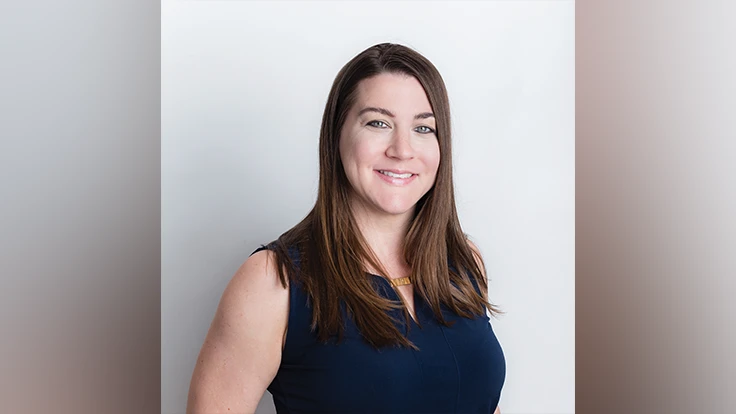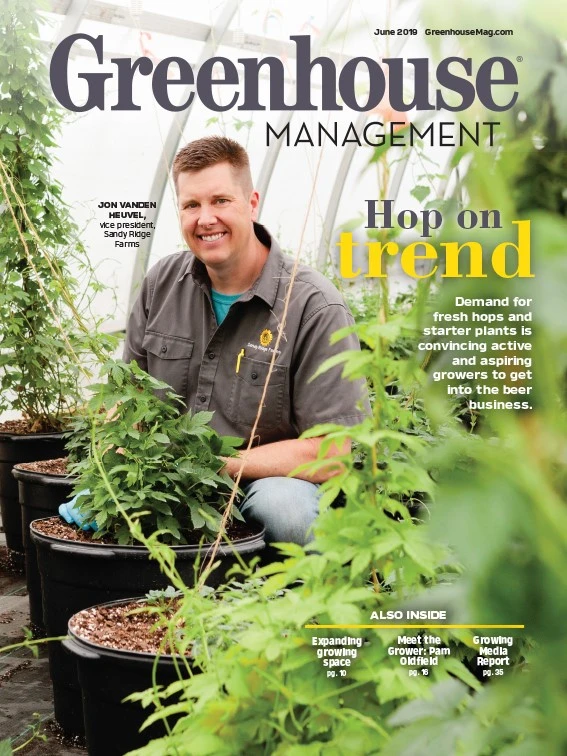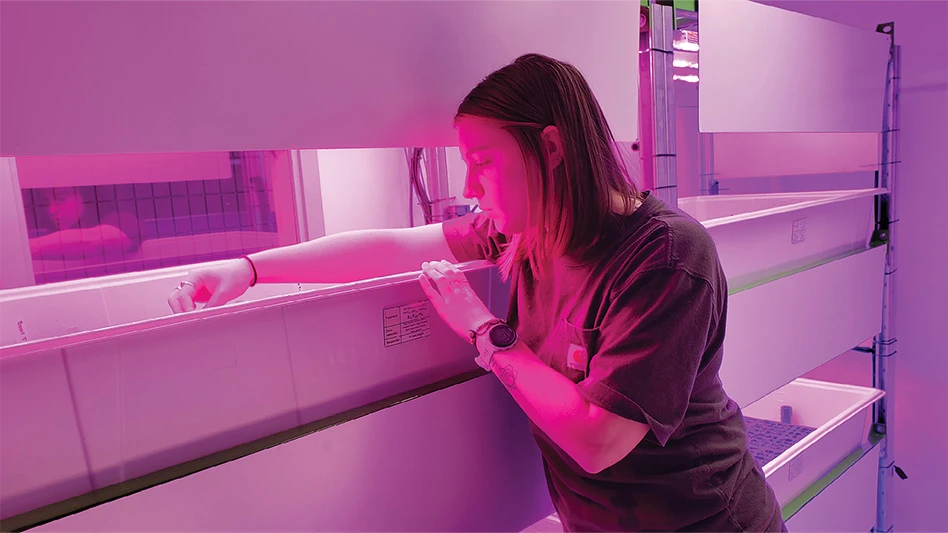

Greenhouse Management: Why did you decide to pursue horticulture as a career path?
Amanda Hershberger: Life is not a straight line, so I had graduated from high school and spent a year off saving money for college so I could pay for it. Then I had gone to a community college and then transferred my credits to go into horticulture. But how I got interested in horticulture was kind of an accident. I grew up in an apartment, so we didn’t have many plants around. I had gotten a job before going to community college as an administrative assistant at a person’s house. And he had all these dead and dying plants all around the house. I said, ‘I can’t just answer calls all day,’ so I went around and started watering plants and they started to come back to life. I loved it and I decided that’s what I was going to do. My initial intention was to work in a zoo, but then I learned that people developed the plants that go into landscapes at places like the zoo and that just seemed like something I would like to do. There’s a real art to it. I get to make a positive impact on the industry and work with plants all day.
GM: What is a work day like for a plant breeder?
AH: It really depends on the day. I work with disease resistance and one of the plants I work with are vinca. My goal is to spend as much time with the plants as possible. But half of it is administrative work on the computer, so you try to get good at that so you can spend more time with the plants. Like, what I’m going to do today is make a transplant list, finalizing disease results and determining what could be used for crossing for potential commercial product. Or [on another day] it could be making sure seed harvest happens on time. Or I could be talking to our production facility, making sure that all the requests I have asked for are going through. I’m fortunate that I’m given a lot of freedom as long as I’m following through on what the company is asking.
GM: What are some things you didn’t expect to encounter in this career, but you’ve since come to love?
AH: I don’t think anyone anticipates how much you need to work with others to make things happen, especially when you’re working with high-volume products. You’ve got an entire team of people you’re working with and without them, you will not see success. You have to be proactive and responsive. One [other] thing that I didn’t expect that I really, really love is working with our production facility. We have a number of them, and the one I specifically work with is in Guatemala and they are amazing people. We run a number of breeding and production projects there, so they’ve been hugely instrumental in getting our products released. Most specific to me is the Cora XDR, which is the new series I had started working on in 2012. I talk to them every two to three weeks and visit them two to three times a year. I love all of it.

Explore the June 2019 Issue
Check out more from this issue and find your next story to read.
Latest from Greenhouse Management
- USDA fires experts on invasive pests, including Asian citrus psyllid, chilli thrips
- CEA Alliance celebrates bipartisan introduction of Supporting Innovation in Agriculture Act
- Dümmen Orange North America celebrating 25th anniversary in 2025
- CEA HERB Part 1: Best management practices for culinary herbs
- Lawsuit challenges new H-2 visa rules
- CEA HERB Part 2: A guide to increasing the sowing density of culinary herbs
- Illinois Landscape Contractors Association changes name to Landscape Illinois
- 2025 Proven Winners Horticulture Scholarship applications now open







